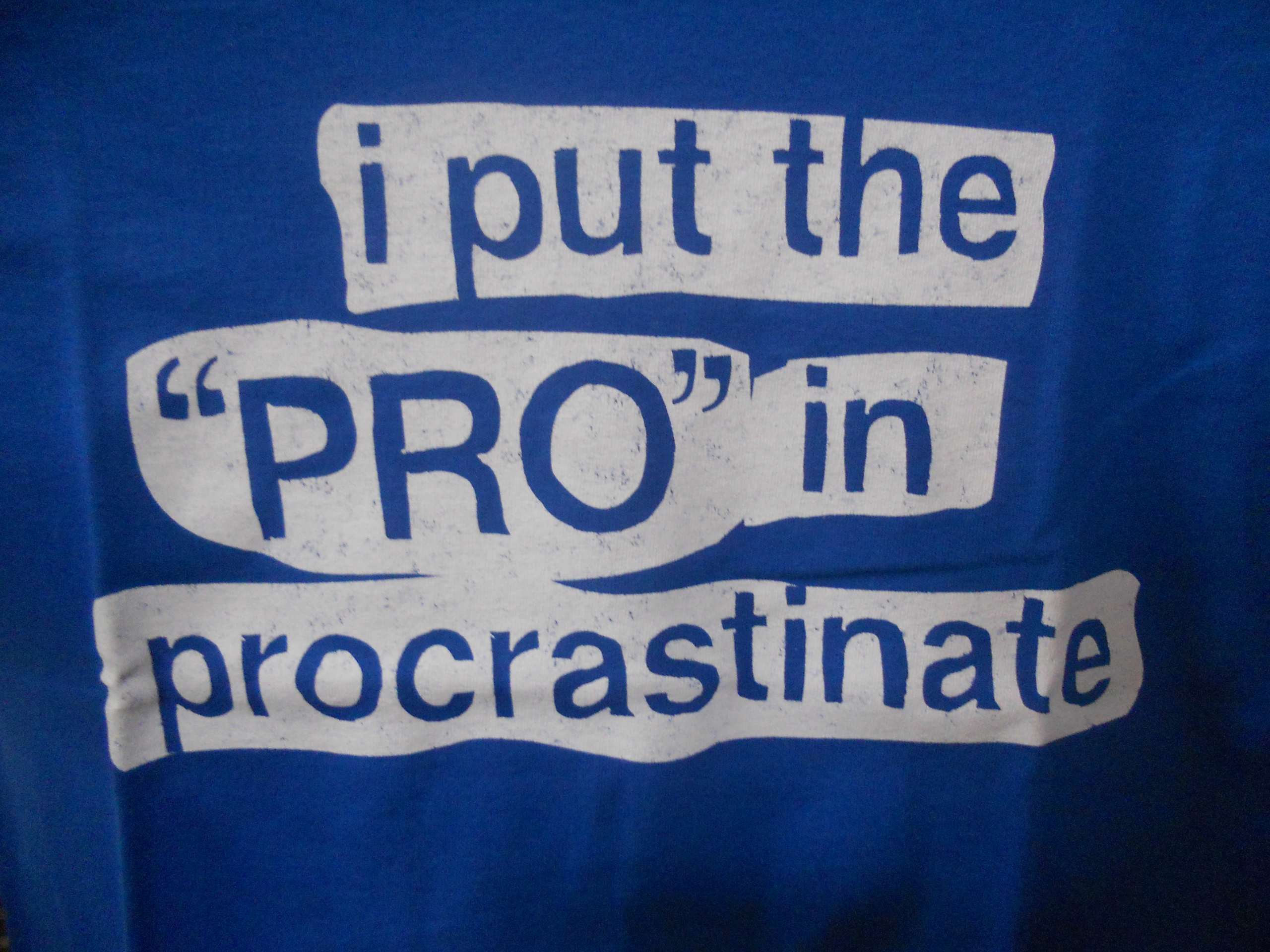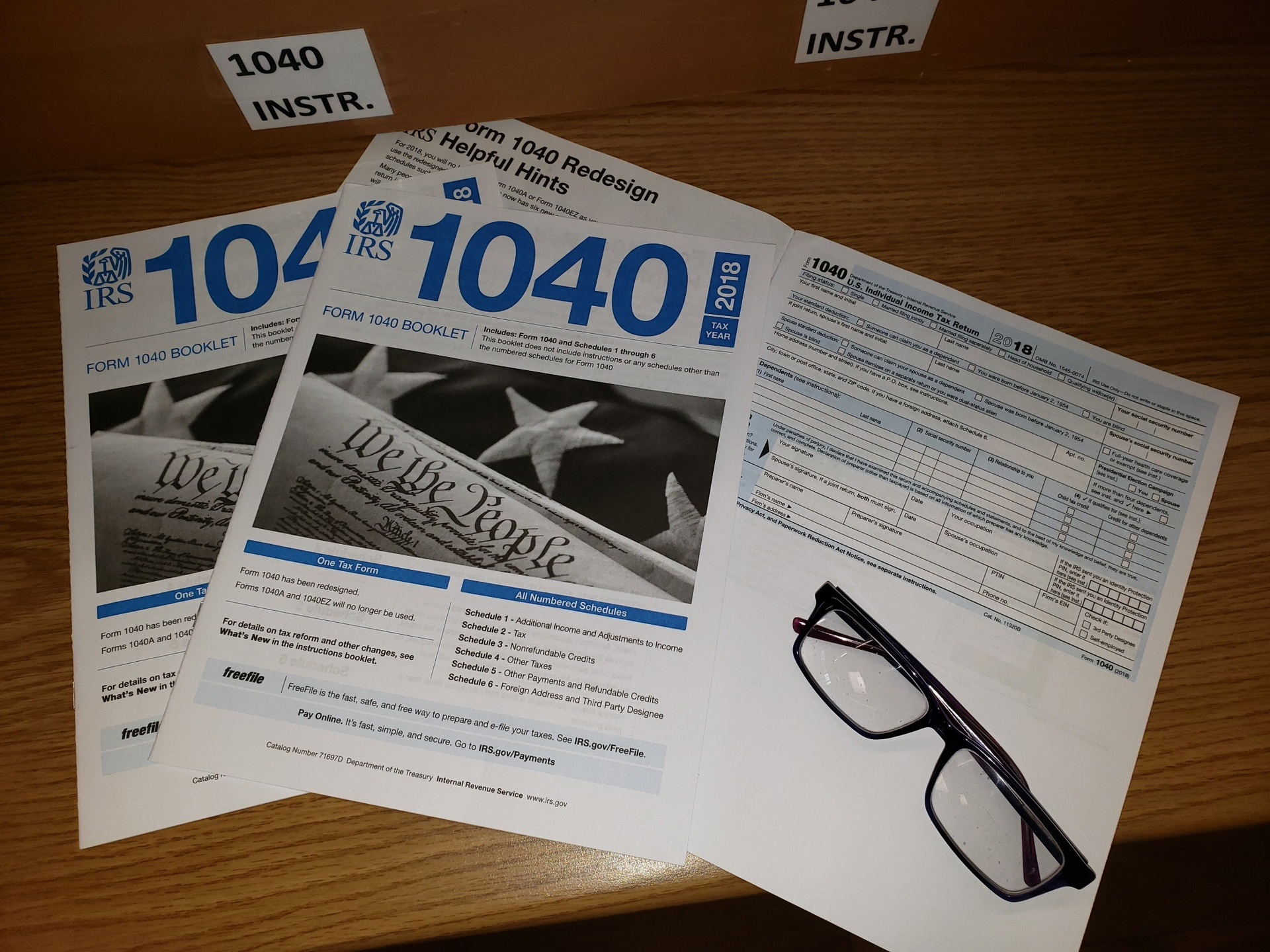Most people procrastinate. It’s in our nature to have ebbs and flows of productive time, the time when we can really dig in and get our projects completed. I contend that procrastination is in the eye of the beholder. After all, think about how your boss defines procrastination – it’s you cleaning your desk or setting up future CPE classes when he thinks you should be focusing on your major projects.
And how does your spouse define procrastination? It might be you reading a book when your partner wants help with the yard. While it’s true that procrastination is the act (some would say art) of putting things off that you could be doing right now, in your mind, procrastination is often doing what you want to do as opposed to what someone else wants or expects you to do.
If procrastination is natural, then let’s find a way to embrace it.
You have your master to do list – that ongoing list of projects with looming deadlines that are supposed to take priority over everything. Your list might be on paper or you might use any of a number of software tools to keep track of the pending work. Either way, your list probably contains a mixture of short tasks, major projects, and personal chores.
When you need a break, rather than running out into the street to chase Pokémons, surfing your favorite time kill sites, or taking a snack break that will just make you feel guilty later, turn to your secondary to do list – a list of quick tasks, things you want to do that are productive but also easy and stress free.
Sometimes your little tasks actually get in the way of your digging into the big project. You know you need to concentrate on getting the significant job done, but you keep thinking of all the other things that are cluttering your mind. Jeff Davidson, author of The 60 Second Self-Starter, recommends creating a secondary to do list. He suggests that taking a break to specifically confront those smaller items might actually allow you to focus your attention more fully on the big project.
Your procrastinator’s to do list should contain tasks that can be completed in a relatively short amount of time so that you can get back to major projects quickly. Not only will this secondary to do list give your mind a break from the larger projects, it will give you the opportunity to check off several items, leaving you feeling refreshed and productive.
When creating your secondary to do list, focus on simplicity. Make the tasks short, things you can polish off in less than 15 minutes. If a task takes longer than that, break it into multiple pieces. You might even find that your larger tasks are easier to accomplish when broken into small chunks. Ongoing tasks such as reading a book can be added to the list with a time limit. Give yourself 15 minutes to do some reading, then move on to another item.
Make your first procrastination task the task of setting up your secondary to do list. Going forward, each day as you think of additional items you need to accomplish, place the quick items on your procrastinator’s to do list, leaving your master list for the major items.
Thanks for reading CPA Practice Advisor!
Subscribe Already registered? Log In
Need more information? Read the FAQs
Tags: Firm Management




